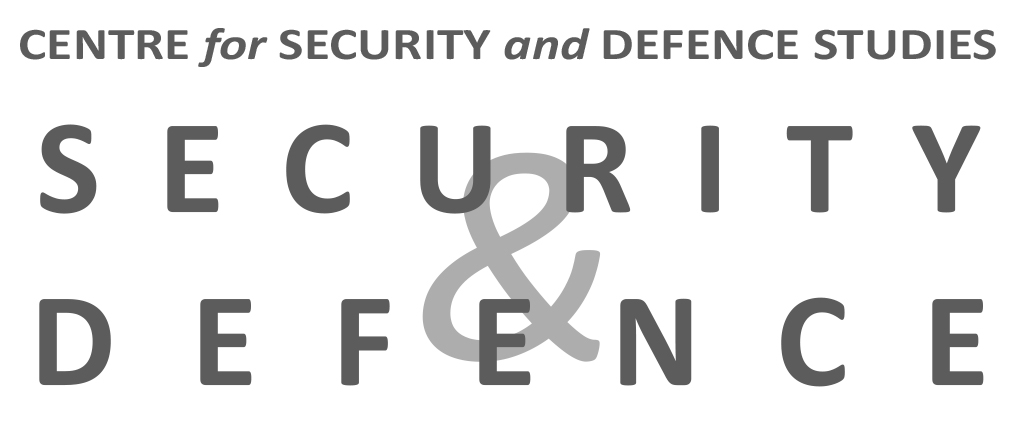
For the past two decades, European Union (EU) Member States have shown their willingness to strengthen European defence capabilities. One key element in this respect is the mutual assistance clause, as enshrined in Article 42(7) of the Treaty on European Union (TEU) since 2009. Following the Russian invasion of Ukraine in February 2022, the debate on the use of this mutual assistance clause has gained an added momentum, especially because this clause is one of the power instruments the EU wishes to capitalise on in order to deal with current threats. While having been invoked for the first and only time by France in 2015, the use of this clause still raises questions. This note therefore analyses how European Member States can operate within the framework of the mutual assistance clause with a view to dealing with “new” threats, whether they are hybrid, of a cyber nature or whether they apply emerging technologies on the various fields of confrontation (land, sea, air, space and cyber). Even though triggering the clause is no easy thing, Article 42(7) TEU provides a valuable legal basis for a collective response to cyberattacks and hybrid threats, provided that they are considered armed attacks in the legal sense of the term.
Download the e-Note 40 in English Download the e-Note 40 in FrenchResearch lines: Security and defence architecture ; Europe

e-Note 40
Does the mutual assistance clause
of the Treaty on European Union
(Article 42(7) TEU) allow for an adequate response to new threats?
